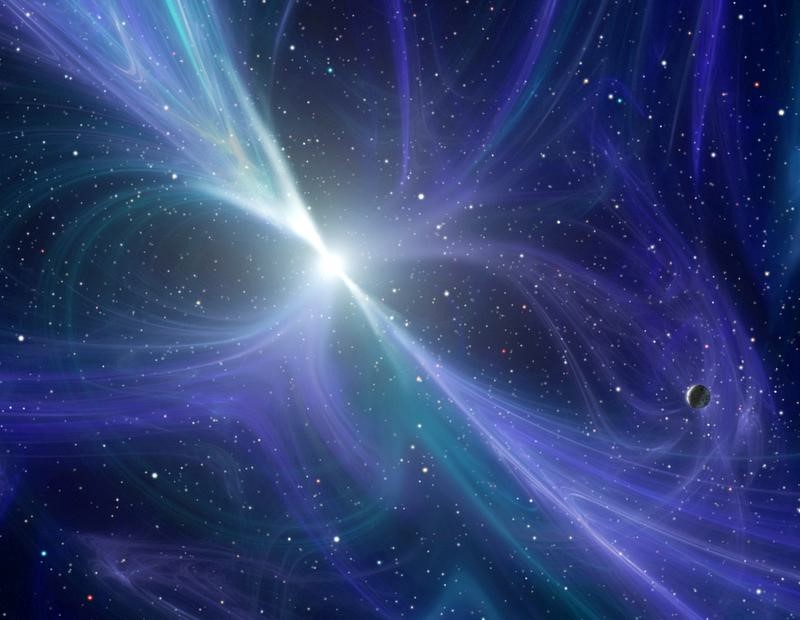Free Courses Sale ends Soon, Get It Now


Free Courses Sale ends Soon, Get It Now



Source: Hindu
Disclaimer: Copyright infringement not intended.
Context
Details
Neutron Stars
Quark Matter
Quark Stars
Experimental Challenges
Quantum Chromodynamics (QCD)
What are Quarks?
Types of Quarks:
Quark Interactions and the Strong Force:
Quark Combinations:
Must read articles:
Sources:
|
PRACTICE QUESTION Q. Understanding the behavior of quarks and their potential existence in extreme astrophysical environments is essential for unraveling the mysteries of stellar evolution. Comment. (250 words) |
© 2024 iasgyan. All right reserved